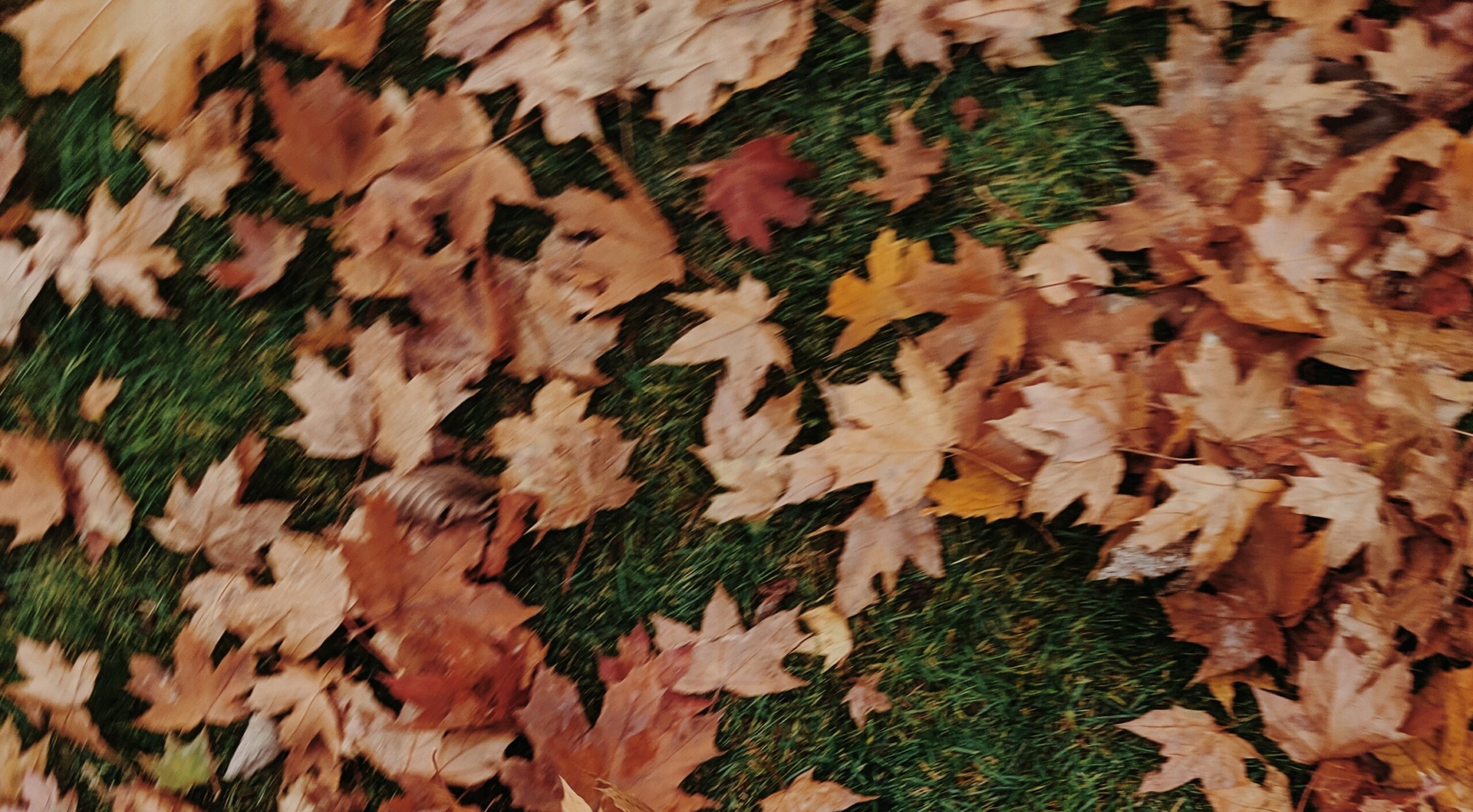Fall garden clean up with pollinators and other wildlife in mind

JACKSONVILLE, Ill. — As the gardening season winds down, many of us will begin cleaning up our landscapes for the winter. While cutting back dead plants and raking leaves can make for a clean-looking yard, it may not be the best thing for pollinators and other wildlife that inhabit our landscapes. How should we approach garden clean-up in the fall?
What should I do with my leaves?
Leaves in lawns are commonly raked up and then bagged to be taken away or burned. Instead of getting rid of your leaves, consider leaving at least some of them where they are. Leaving leaves in garden beds or out of the way areas will provide habitat for overwintering insects like swallowtails, luna moths and bumblebee queens.
One common concern with fallen leaves is that they will smoother and kill turfgrass. This is certainly true if you have a thick layer of leaves on your lawn. However, if only 10-20% of your lawn is covered in leaves, they can be left where they are. If more of your yard is covered, you can rake the leaves from your lawn into garden beds or other areas of your property where they can serve as a mulch and break down over time.
Alternatively, leaves in your lawn can be mowed over and mulched into your turf. This will help return nutrients back into the soil and build organic matter.
Cleaning up perennial plants
Instead of cutting down dead plant material this fall, wait to remove it until the spring and embrace its beauty this winter. Leaving flower stalks, dead/dried leaves, and grasses stand can add dimension and visual interest to a landscape.
This dead plant material can also be habitat for pollinators and other beneficial insects. Some of these insects may lay their eggs on these plants. Many butterflies will also pupate and spend the winter on these plants as well. By leaving this plant material in the landscape, we can preserve these insects for next year.
Birds can benefit from leftover flower stalks
Leaving flower stalks in your landscape can also benefit birds. The seed heads of these plants can be an important food source for seed eating birds, like finches, during the winter. Additionally, the insects that overwinter on these plants will provide food for these birds’ babies in the spring.
If you feel like you need to cut back your plant material, keep it in your landscape instead of getting rid of it. If you remove flower stalks, bundle them up and put them in an out-of-the-way area. Some of our native bee species may utilize these hollow stems as their nests.
One exception to waiting to clean up flower beds is if you’ve had issues with diseases. Often these organisms will overwinter on plant debris, so cleaning up diseased plant material can help reduce problems with them next year.
Instead of being in hurry to clean-up, channel your inner procrastinator and enjoy the changing seasons. The things you ‘need’ to clean-up will still be there come spring.
Miss Clipping Out Stories to Save for Later?
Click the Purchase Story button below to order a print of this story. We will print it for you on matte photo paper to keep forever.

